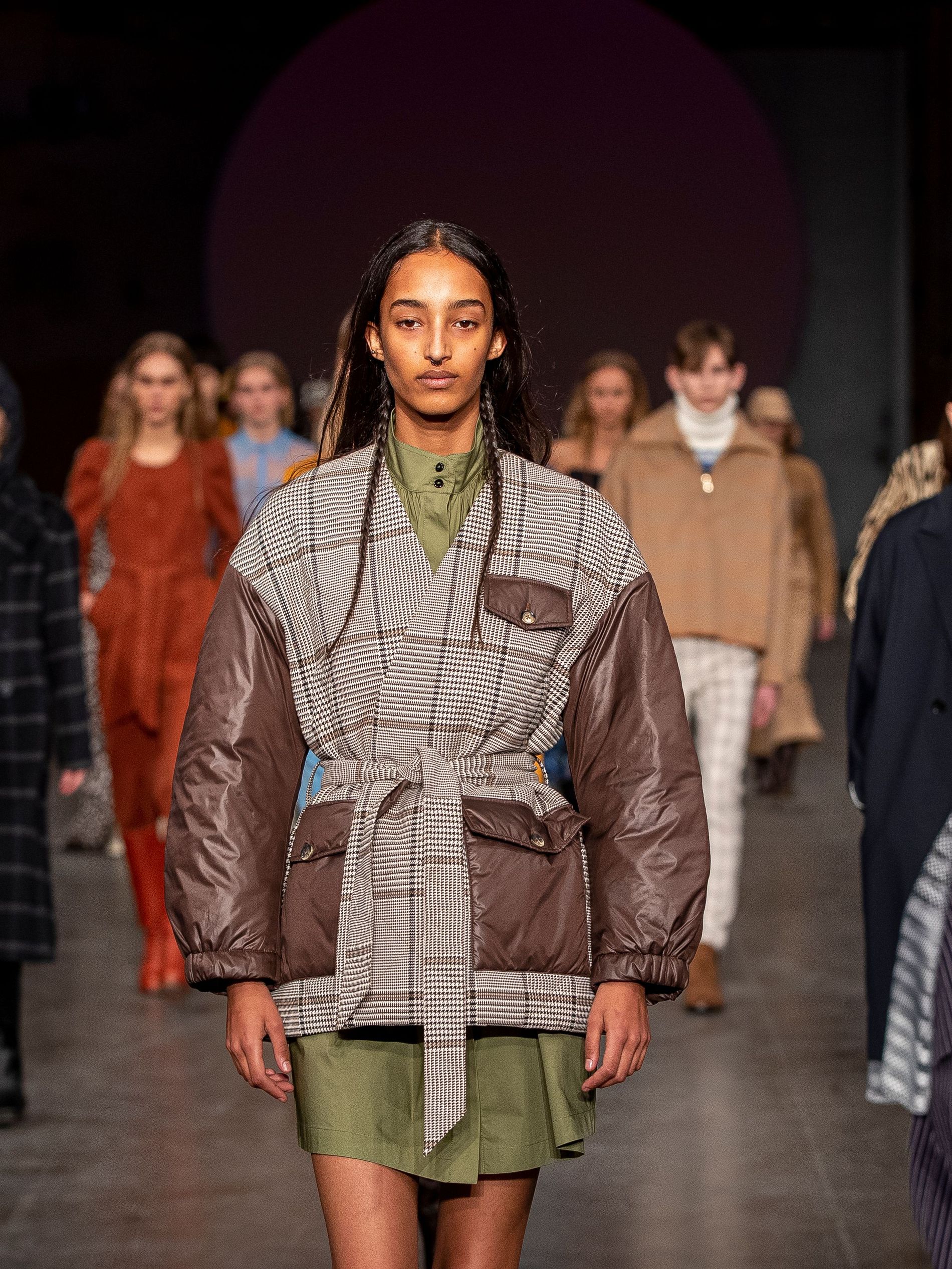Danish writer Sagal Mohamed talks about the importance of representation
Scandinavia has an unwavering reputation as the world’s Utopia: home of the happiest people, socialised healthcare, an undisputed head start in the race for environmental sustainability and a quality of life for its citizens that neighbouring nations envy. From the outside looking in, it is the paragon of progressivism. Yet still, the Nordics fall far behind in conversations around ethnic diversity and inclusivity in all industries, especially within fashion and beauty.
Slim figures, blonde hair and blue eyes have reigned supreme in beauty tropes synonymous with the region, despite the rest of the world slowly but surely taking steps to change the narrative in recent years. For decades, these Eurocentric standards have alienated the large group of Scandinavians from ethnic minority groups, who despite what mainstream media may depict, very much exist in Sweden, Iceland, Norway, Denmark and Finland. In Denmark alone, 9 per cent of the population is made up of citizens with ethnic backgrounds including countries in the Middle East, Africa and Asia, most of whom reside in the capital, Copenhagen. Similarly, one in five Swedes have origins from other countries with different cultures, while 15 per cent of Norway’s capital, Oslo, also consists of people of colour. So why isn’t everyone represented?
Social media and the rise of influencers has allowed young Scandinavian women and non-binary people of colour to dismantle stereotypes around what beauty looks like in the Nordics by showcasing their own diverse aesthetic. “The problem with growing up in a place where people who look like you aren’t represented is that you tend to always get drawn in by what you see on mainstream media. In my case that was white, blonde, skinny women with blue eyes,” says Danish-Algerian influencer Nadra Zaggaï. “Clearly I look nothing like that, but for some reason that was always the Barbie doll I would pick as a child. But the older I got, especially in an age of social media, I found beauty in brown skin, dark hair and curves and I definitely became more comfortable in my own skin.”
Despite having a following of over 83k on Instagram, Zaggaï says she has never been approached by a Danish brand for collaborations. “I don’t feel like people of colour, or women who wear the hijab, are considered as representative prospects for Scandinavian beauty. There is a distinct pattern in the way people who Danish brands work with look, and I, as a North African, don't fit the usual Scandinavian beauty standards. I’ve been on social media for a while and till this day, I have yet to be approached by a Danish brand even though I’ve noticed, on several occasions, that other influencers with a significantly less following and engagement than myself regularly secure those brand partnerships, and it’s no coincidence that they all have blonde hair and blue eyes.” Zaggaï isn’t the only one who feels that the fashion and beauty industry in Scandinavia is reserved for a specific group. Somali-Norweigan trans model Ceval Omar is often the only one who looks like her when entering rooms within her industry. “Growing up in Norway, I never saw anyone who resembled me or my friends in fashion, so it was really hard to feel love from my own country,” she admits. “I had to seek it out elsewhere.”
While progress has been made following the Black Lives Matter movement of summer 2020, which led to many Scandinavian brands pledging allegiance to the course and vowing to make systemic changes within their companies to reflect the diversity of their countries and the world around them, Copenhagen-based Danish-Gambian musician Flame Faire feels that she has yet to see tangible change, a year on. “I do believe that there has been some progress. Do I think it is due to the BLM movement? Yes, indeed. But I also think it’s a matter of education, and I really hope that brands continue educating themselves rather than simply hopping on trends to avoid backlash,” she says. “Brands assume that having a person of colour in front of the camera is sufficient.That isn’t diversity. Diversity in the crew is just as important as the casting of models.”
The industry may be lagging behind but these young women, and many like them, have taken matters into their own hands by becoming the representation they once needed for their peers and the generation behind them. Instagram, though with its own faults, has become a vehicle for change in redefining the truth about diversity in the Nordics. It has given a platform to those who traditionally didn’t fit the bill to be celebrated for the very same features and complexions they were othered and ignored for in their societies. “I hope for a better future where there is room for everybody,” says Flame. In the meantime, ethnic diaspora in Scandinavia will continue to change the face of beauty - with or without industry approval.
